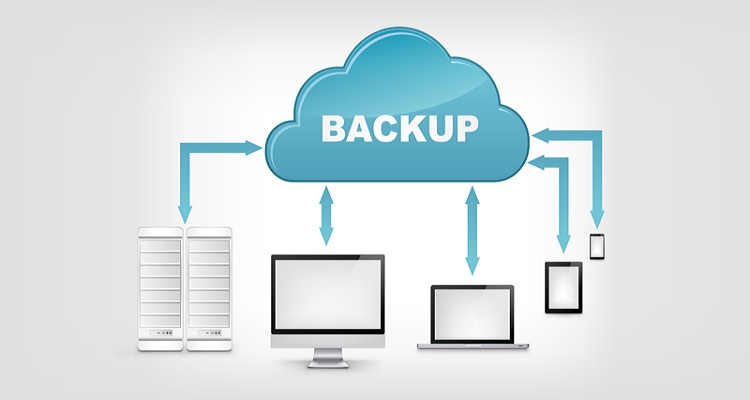
Essential Features of Better Backup & Recovery

One should always remember that no data can be safeguarded one hundred percent. There are only options to minimize the risk. The ideal way to protect or lower the risk of loss is to opt for a scheduled database backup. The backups would let you restore with minimum losses. Here is a link to backing up anywhere https://www.pcworld.com/article/3257662/storage/cloudberry-backup-review.html . With SQL server it is important to make regular backups to avoid data losses during disasters. Have a lot of quality backups to reduce the loss of Data.
How IAS Coaching Centres Prevent themselves from Data Loss ?
 Even Best IAS Coaching centers undertook backup training to safeguard themselves from data loss. The IAS Academies like Chinmaya had faced constant threat of website hacking during Indian Independence Day or Republic Day. With regular back-ups and security settings, they have safeguarded the data loss and website hacking. Some of the best practices to ensure that your backups are good enough are:
Even Best IAS Coaching centers undertook backup training to safeguard themselves from data loss. The IAS Academies like Chinmaya had faced constant threat of website hacking during Indian Independence Day or Republic Day. With regular back-ups and security settings, they have safeguarded the data loss and website hacking. Some of the best practices to ensure that your backups are good enough are:
Practicing Restore: It is a waste of time and effort when you are just taking backups without even trying to restore once. It is essential to check the tapes with backups once in a while. This is to ensure that the backup is in excellent condition and can be effectively used during a disaster. So the best way to avoid the complexities of restore is to keep checking if the restore works.
How to Properly Backup your Computer ?
Keep the backups elsewhere: Keeping the backups on the same physical drive as the original databases are a complete waste. When the databases get corrupted, the chances are that even the backups will be corrupted. The only way to use the backups efficiently is to create the backups in another storage space. This will ensure effective utilization of backups during disasters. This would save you a lot of work and also keep your database disk space.
Time Table: Automation of backups is an active or efficient data practice. This saves time, energy and also reduces the stress on the human body. This way you can be sure that the backups were taken at the specified time and confirm to see if everything was fine.
Recovery Strategy: The efficient or quick response determines the success of a backup during the event of a disaster. Therefore it is always best to time and again confirm and reconfirm your recovery strategy if the process is working.
Specify Recovery Verification Options and Tests
Verification: The backup process and system have a lot of verification options. Backup is to safeguard, and verification is to confirm the protection. Therefore every available option of verification must be used effectively to ensure that the backup is safe and in order. The checksum, verify backup when finished, perform checksum are some of the common verification options available.
verification is to confirm the protection. Therefore every available option of verification must be used effectively to ensure that the backup is safe and in order. The checksum, verify backup when finished, perform checksum are some of the common verification options available.
Regular backups or full backups: Doing a full backup every time might sound very stupid, but the ideal practice of taking backups would be doing full backups every time. However, the recovery model is entirely dependent on the nature of business for the organization. If the organization or companies can manage a fifteen to thirty-minute loss of data, then a pure recovery mode is sufficient. However full backup of data on a daily basis will reduce the loss of data to a bare minimum and also ensure a safe data,
Tape Backup: When the organization is critical to data loss, the best way to protect the organization would be to backup the data to a tape. The tape is more resistant to a data shock. Therefore the safest way to protect your data is through the tape.




